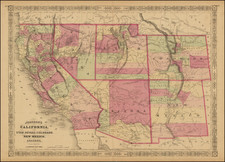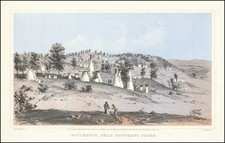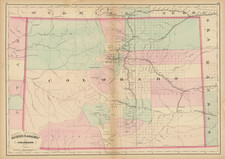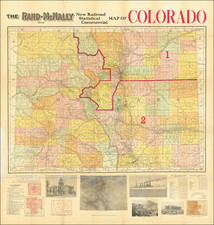The development of irrigation systems in Larimer and Weld Counties in Colorado marked a critical transition in the region's history. Prior to this advancement, the semi-arid landscape was utilized predominantly for livestock grazing, with the natural topography posing challenges for traditional farming methods. The development of irrigation systems in the late 19th century transformed this landscape and allowed for extensive agricultural use.
The Cache la Poudre River, which flows through Fort Collins in Larimer County, holds significant importance in the story of this transformation. Its name, French for "Hide the Powder," harks back to the 1820s when French trappers, stranded by a snowstorm, buried a portion of their gunpowder along its banks. However, the river's role in the region's irrigation history is of greater relevance.
In 1861, the first irrigation canal named the Larimer and Weld Canal was constructed from the Cache la Poudre River. It was an undertaking that signified the beginning of a new era, the channel supplying water to the lands in the two counties, fostering their agricultural potential.
As the 1870s dawned, the farmers of the region undertook an ambitious project. They constructed reservoirs to trap the surplus water during the spring runoff. This provided a much-needed solution to the problem of water scarcity during the drier parts of the year.
Fort Collins and Greeley, the primary cities in Larimer and Weld counties, respectively, became prominent agricultural centers. The 1880s and 1890s saw a boom in the construction of ditches, canals, and reservoirs. It led to the establishment of several irrigation companies and the subsequent creation of intricate networks of water distribution systems.
Weld County, with its flat terrain and fertile soil, saw rapid growth in agricultural practices. By the early 20th century, Greeley had become a vital hub of sugar beet production, further bolstered by the innovative use of irrigation.
In contrast, Larimer County's more diverse topography necessitated a range of different approaches to water management. Reservoirs and ditches were engineered not only for agricultural purposes but also to supply water to burgeoning towns and cities.
By 1904, the complex system of ditches, reservoirs, roads, and railroads in Larimer and Weld counties had transformed the landscape into a mosaic of agricultural productivity. The water drawn from the Cache la Poudre, Big Thompson, Little Thompson, and Laramie Drainage was harnessed effectively, creating a testament to human ingenuity and a catalyst for the area's economic development.











![[ Ski Poster ] Breckenridge Colorado](https://storage.googleapis.com/raremaps/img/small/102160.jpg)


![[ Nevadaville - Colorado Ghost Town ] Nevada, Colorado](https://storage.googleapis.com/raremaps/img/small/96179.jpg)